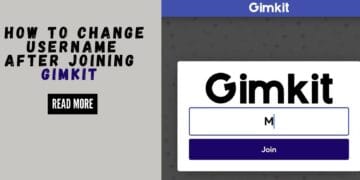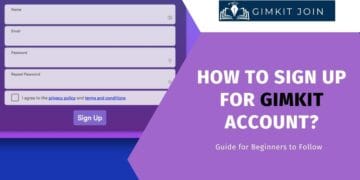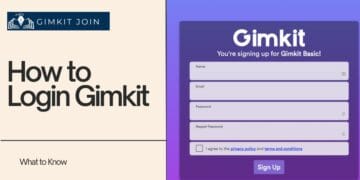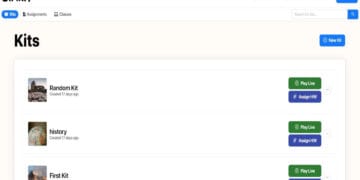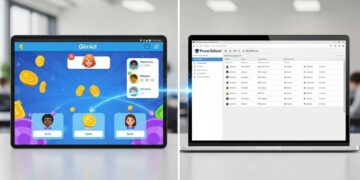In today’s fast-paced, customer-driven world, call centers serve as the frontline for businesses across various sectors. Whether it’s telemarketing, customer service, debt collection, or surveys, efficiency and productivity are crucial. One of the most significant advancements in call center technology is the Parallel Dialer—a system designed to maximize agent talk time and minimize idle time. But what exactly is a parallel dialer, and how does it improve call center performance? Let’s dive deep into the workings, benefits, and considerations of using a parallel dialer.
What is a Parallel Dialer?
A Parallel Dialer is a type of automated calling system that dials multiple phone numbers simultaneously and routes answered calls to available agents. Unlike traditional dialers, which may dial one number per agent at a time, a parallel dialer tries to predict when an agent will be available and starts dialing several lines in advance to ensure that the agent doesn’t waste time waiting for a connection.
This technology is based on the concept of predictive dialing, but with enhanced performance through simultaneous multi-line dialing. Parallel dialers work by leveraging algorithms to forecast agent availability and adjust the number of calls being placed in real-time.
How It Works
Here’s a step-by-step look at how a parallel dialer typically functions:
- Data Upload: The call list (usually stored in a CRM or spreadsheet) is uploaded into the dialer software.
- Agent Availability Prediction: The dialer calculates when an agent will likely be free based on average call duration, historical data, and real-time activity.
- Simultaneous Dialing: The system dials multiple numbers at once—often more than the number of available agents—to increase the likelihood of reaching a live person.
- Call Screening: The dialer uses intelligent detection to filter out voicemails, busy tones, fax lines, or disconnected numbers.
- Live Call Routing: Once a human answers, the system immediately routes the call to the next available agent.
- Disposition & Wrap-Up: After the call ends, agents can enter a call disposition (outcome), and the dialer updates the contact list accordingly.
Types of Dialers Compared
To better understand the strengths of parallel dialers, it’s helpful to compare them with other types of dialers:
| Dialer Type | Description | Use Case |
|---|---|---|
| Manual Dialer | Agents manually dial each number. | Small teams or personalized outreach. |
| Preview Dialer | Presents contact info before dialing; agent decides to place the call. | Complex or high-value calls. |
| Progressive Dialer | Dials one number per agent only after the previous call ends. | Moderate automation with control. |
| Predictive Dialer | Uses algorithms to dial multiple numbers ahead of time. | High-volume, fast-paced environments. |
| Parallel Dialer | Simultaneously dials multiple lines per agent, routing live answers only. | Maximum efficiency, lead-gen, BPOs. |
Benefits of Using a Parallel Dialer
- Increased Agent Talk Time
With more calls being placed simultaneously, agents spend less time idle and more time speaking with actual customers. This translates into better ROI on each agent’s work hours.
- Higher Contact Rate
Because the dialer attempts several numbers at once, the chance of connecting with a live person increases. It cuts through voicemails and busy signals efficiently.
- Scalability
Whether you have a team of 5 or 500, parallel dialers can scale up or down based on campaign needs and agent availability.
- Automation and Intelligence
Advanced filtering and smart algorithms ensure that agents only handle live conversations. This minimizes burnout and improves morale.
- Real-Time Analytics
Most parallel dialers come with dashboards that track call metrics like connection rate, average talk time, drop rate, and conversion rate—vital for optimizing performance.
Use Cases of Parallel Dialers
Parallel dialers are versatile tools that can be employed across industries:
- Telemarketing & Sales: Perfect for outbound campaigns where volume matters.
- Debt Collection: Speeding up reach-out efforts to increase recovery rates.
- Surveys & Polling: Efficiently connecting with a large number of participants.
- Appointment Setting: Particularly useful in insurance, real estate, and healthcare industries.
- Political Campaigning: Contacting voters at scale before elections.
Challenges and Considerations
Despite its benefits, there are important factors to consider when implementing a parallel dialer:
- Dropped Calls and Compliance
Because the system dials more numbers than there are agents, there’s a risk of dropped calls when no agent is available to take a live answer. This can lead to customer frustration and violations of regulations like TCPA (Telephone Consumer Protection Act) or Ofcom rules (in the UK), which limit abandoned call rates.
- Call Quality
Some systems may introduce delays or voice lags when transferring calls, especially if cloud-based systems lack sufficient bandwidth.
- Data Accuracy
An efficient dialer is only as good as its data. Outdated or incorrect contact information can waste time and resources.
- Training and Onboarding
Agents must be trained to handle rapid-fire conversations and short prep times between calls, which can be overwhelming without proper onboarding.
Best Practices for Using Parallel Dialers
- Monitor Abandon Rates: Keep your abandoned call rate below regulatory limits—generally 3% or less.
- Use Clean Data Lists: Regularly scrub contact lists for duplicates, invalid numbers, and DNC (Do Not Call) entries.
- Optimize Call Scripts: With limited time, agents need concise and effective scripts to engage quickly.
- Integrate CRM Tools: Syncing your dialer with a CRM system ensures seamless lead management and follow-ups.
- Track KPIs Regularly: Focus on metrics like contact rate, call duration, conversion, and downtime to continually refine strategy.
Future of Parallel Dialing
As AI and machine learning continue to evolve, parallel dialers are becoming even more intelligent. Some future trends include:
- Voice AI Assistants: Automating initial conversations before handing over to a live agent.
- Sentiment Analysis: Identifying customer tone in real time to adjust scripts or escalate cases.
- Omnichannel Integration: Blending voice with SMS, email, and WhatsApp for multi-touch campaigns.
Conclusion
Parallel dialers have become a game-changer in the world of outbound communications. By dialing multiple numbers simultaneously and connecting only live calls to agents, these systems drastically improve efficiency, reduce downtime, and maximize ROI. However, they must be used responsibly and in compliance with regulations to avoid penalties and preserve customer trust.
For any business or contact center looking to ramp up productivity and performance, investing in a smart, well-configured parallel dialer can be the difference between average results and outstanding success.






